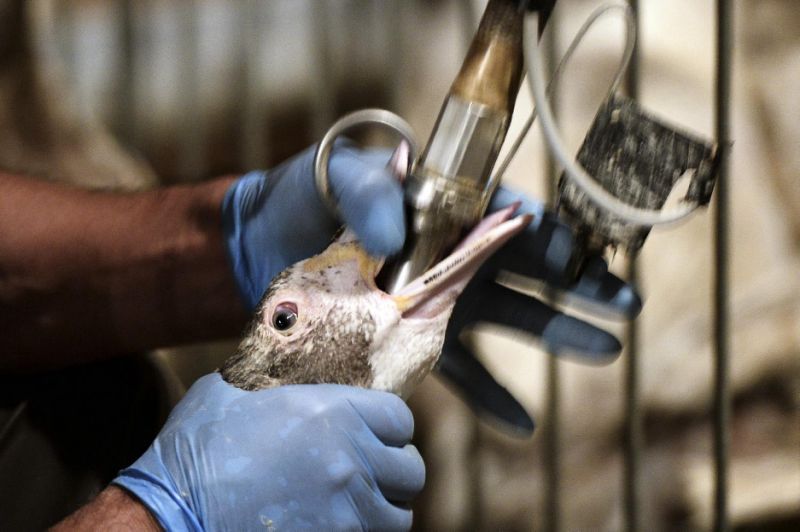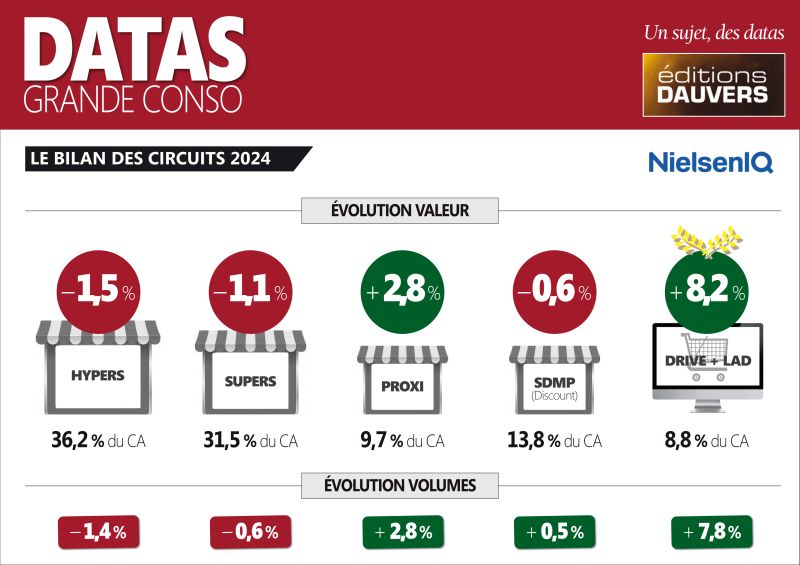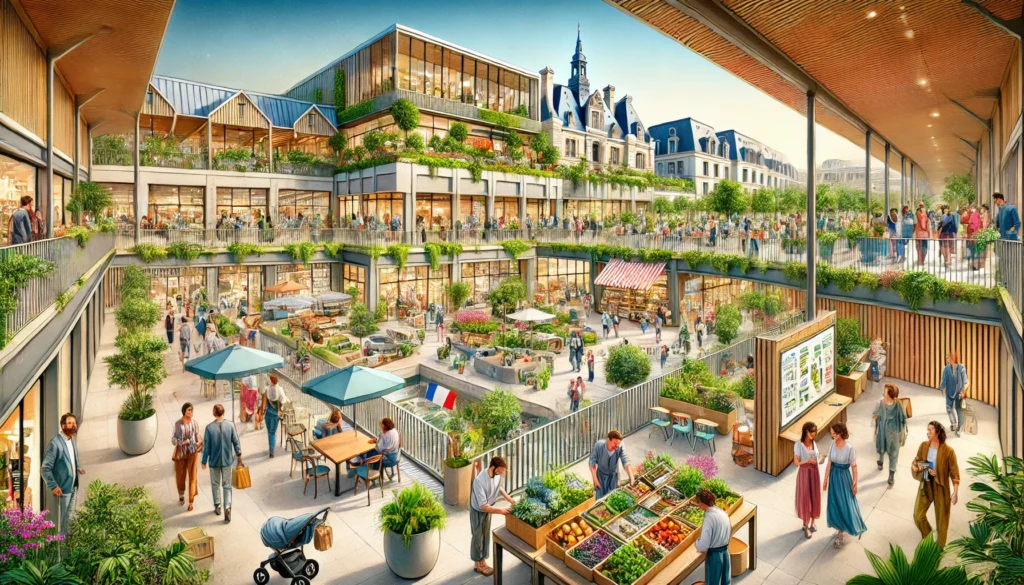
In their book “The Big Fix”, Denise Haern and Vass Bednar, among many difficult pain points, touch on emerging issues in e-commerce. It resonates deeply with my professional perspective and the struggles I have personally experienced as a consumer.
“What initially made e-commerce so great – primarily, the ability to quickly search for product comparators across a range of stores and geographies, price compare, and be informed by reviews – has become unnecessarily difficult and disorienting. It’s not just counterfeit products. It’s getting harder to make the best possible choice when you shop because firms of all sizes do sneaky things like preference their own products, make inflated claims through undisclosed influencer marketing, secretly change the shape and size of their products, degrade product quality, or rush you to buy things online through deceptive hurry-up design. Our trust is being manipulated and exploited, and the tactics used by firms to take advantage of consumers are making markets less knowable and more confusing”.
Through selling ad words, tweaking search results by adding “sponsored content,” or guiding shoppers away from their initial search toward the product retailers are incentivized to sell, I ask myself: where does the border lie between providing shoppers with what they want and enforcing on them what brands want them to buy? And to what extent is retail complicit?
When does marketing end and marketeering begin?
hashtag#The_Big_Fix
Image source: https://lnkd.in/eetyaeB2

